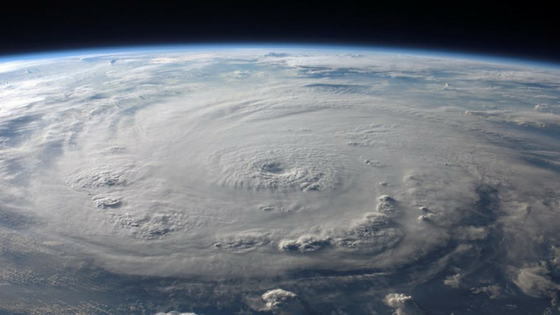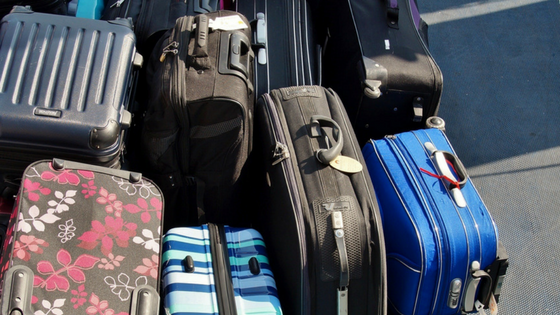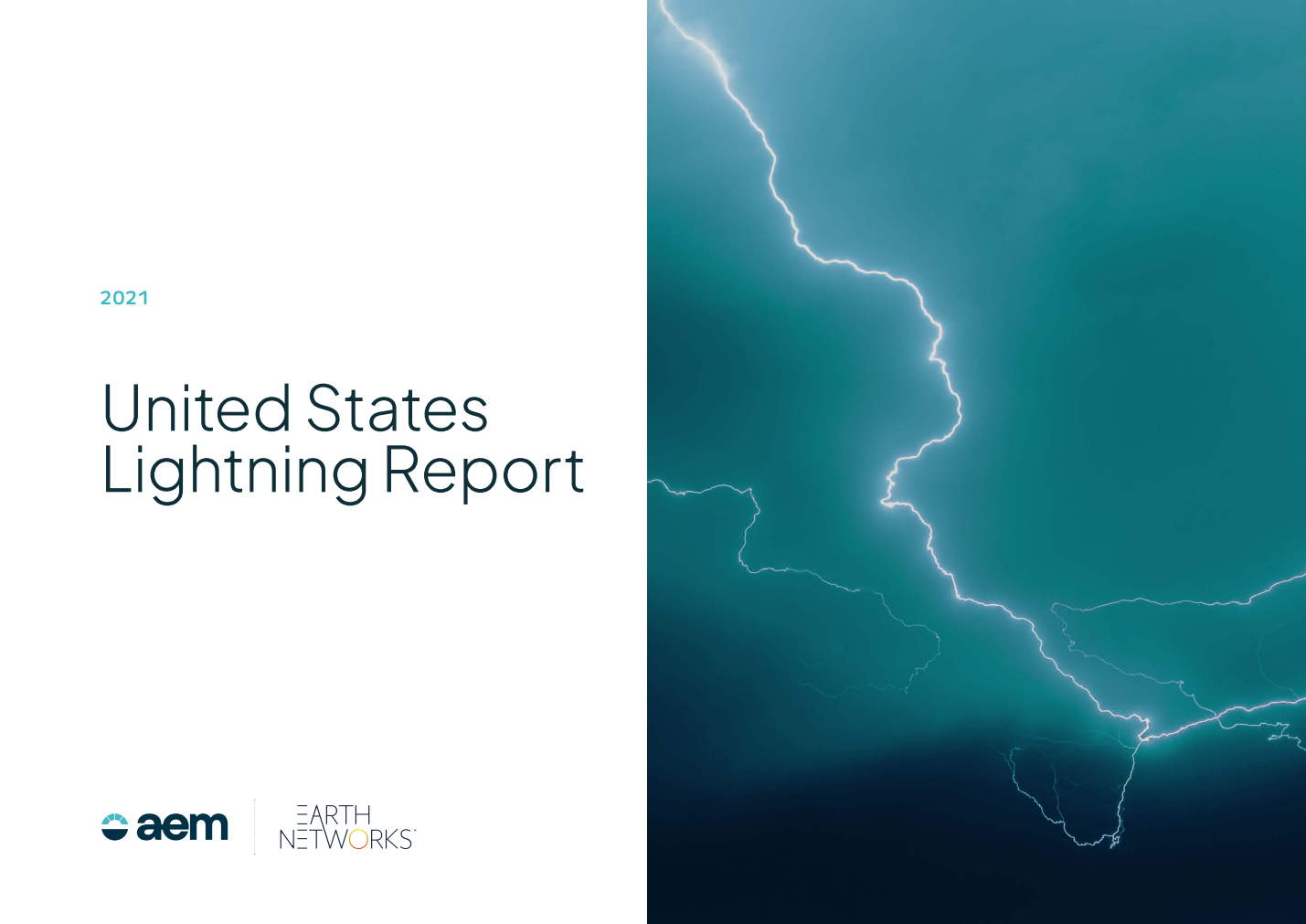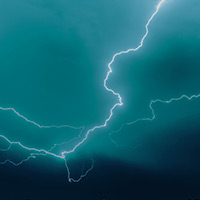
What time is it? It’s time to get out. When a hurricane, wildfire, or flood is imminent for your residential area, it’s time to put your evacuation procedures to test. While a lot of time officials give an advanced warning of 12-24 hours, sometimes you’ll only have a few hours or even just a half hour to get out and get moving. Not sure your family will be ready? Keep reading to get prepared.
Are You Ready to Evacuate?

Evacuating is already stressful and inconvenient. It’s even worse when you’re not ready. For example, some of my family members were not ready to evacuate their coastal home for Hurricane Irma and found themselves at a shelter with no food, no bedding, and no dry clothes. If you’re not ready to evacuate, it can be uncomfortable and even dangerous.
That’s why putting a family emergency plan together in advance of emergency situations is your best bet. Being prepared helps reduce stress, keeps family members calm, and ensures that you and your family have the best chances of survival. While professionals already know the best emergency management tips for these situations, it’s important that your family understand them as well.
Emergency Exit Plan Checklist

Get your family emergency plan together by following this evacuation checklist. We’ve broken evacuation procedures down into three areas: The emergency go bag, home preparedness, and severe weather information retrieval.
Emergency Go Bag
In the case of a weather-related disaster that requires evacuation, it’s important to be ready to move quickly. Besides the ability for severe weather conditions to both form and move quickly, it’s also important to note that shelters or surrounding hotels can fill up quickly. The faster your family moves, the better chance you have for being safe and comfortable as you ride out the storm. These bags should have enough supplies to get your family through at least 72 hours once you reach your destination.
- Water
- Nonperishable food
- Prescription medicine
- Other medicines like anti-inflammatories or allergy medicine
- Hygienic products
- Glasses
- Toilet paper
- Cash
- Battery-powered radio
- Clothing like socks, underwear, and layers
- Blankets and pillows
Home Preparedness
- Next on the checklist is preparing your home. You can’t stop Mother Nature, but you can prepared your residence to try and protect some of the things that are important to you.
- Scan important documents so you have them in case they are destroyed
- Put documents and family photos in plastic bags and then put those bags in the dishwasher. That should keep them safe and dry.
- Lock all doors
- Take any spare keys you may have hidden around the outside of your house
- Ensure hurricane shutters are in place
- Unplug electrical equipment except refrigerators unless there is a risk of flooding
- If instructed to do so, turn of gas, water, and electricity before leaving
- Leave a note telling others when you left and where you are going
Severe Weather Informational Retrieval
Congrats! You followed the checklist. Now what? It’s time to head to your designated shelter, a friend’s house, or a hotel out of the way of the incoming severe weather. Once your there, it’s important that your or the emergency management officials at the shelter are aware of the changing weather conditions. Ask officials at your shelter if they use a real time lightning tracker to detect forms of severe weather like flooding, hail, and tornadoes. This is the best indicator of severe weather conditions.
If you lose power, don’t worry. You already have a battery powered radio ready to go. Tune into any program that includes NWS experts and heed their warnings. Do not go back to your home until you are instructed to do so. A lot of the times, people want to go back to their homes after the eye of a hurricane passes, but storm surge can still flood the area in the blink of an eye.






